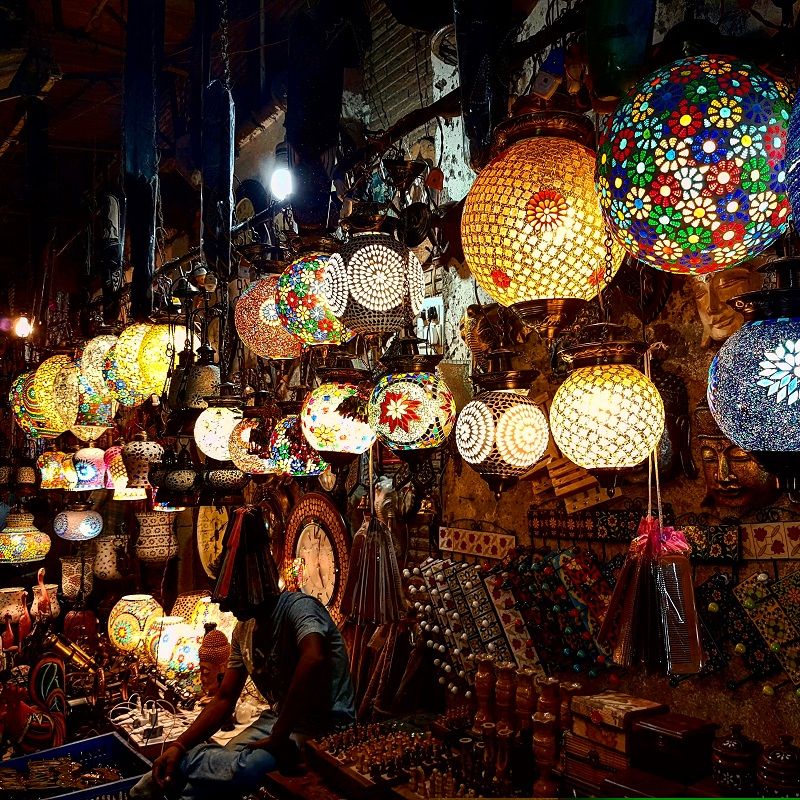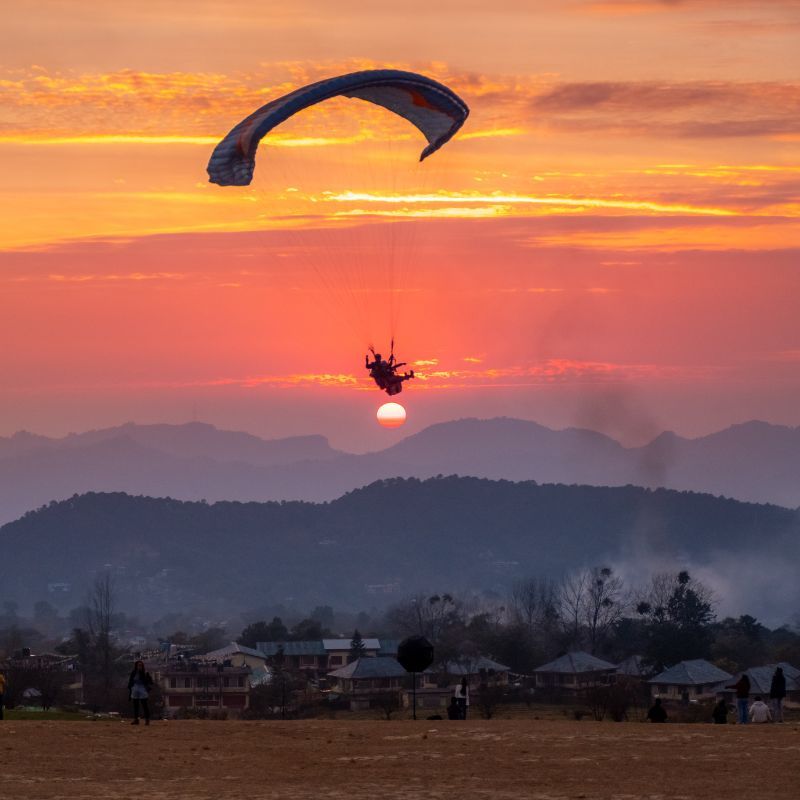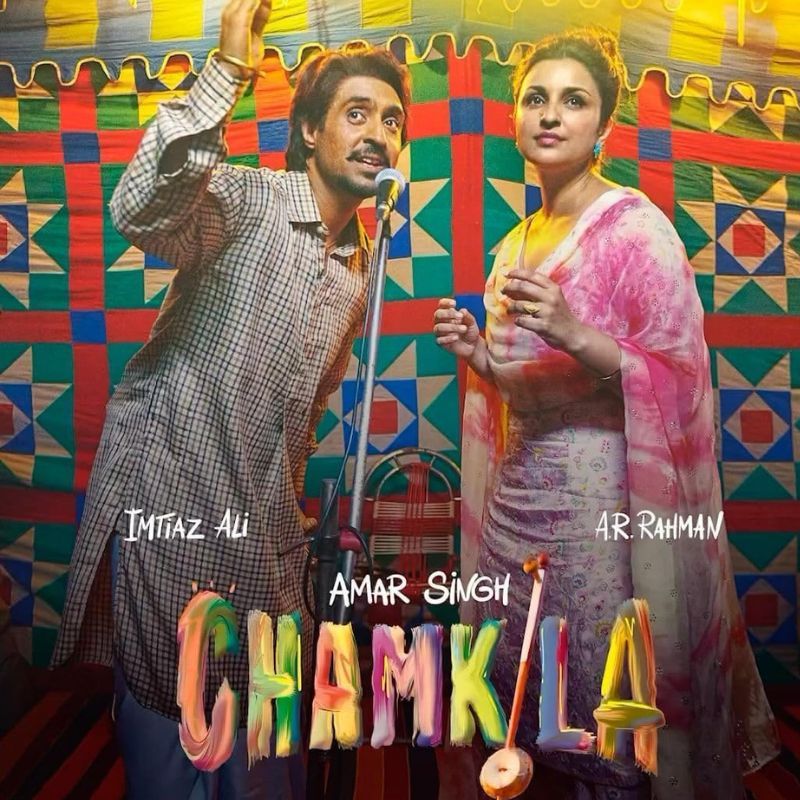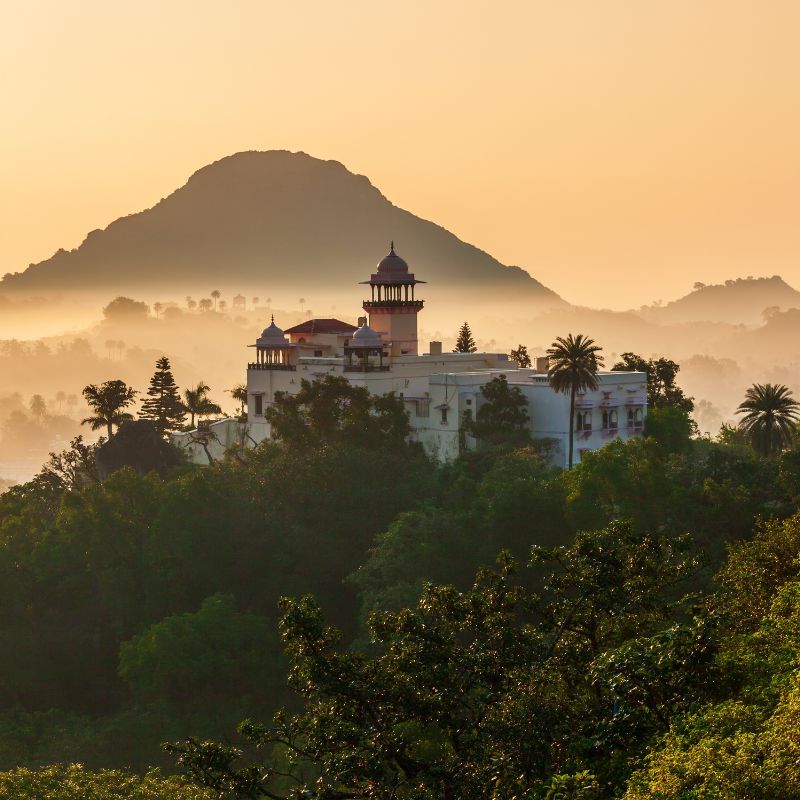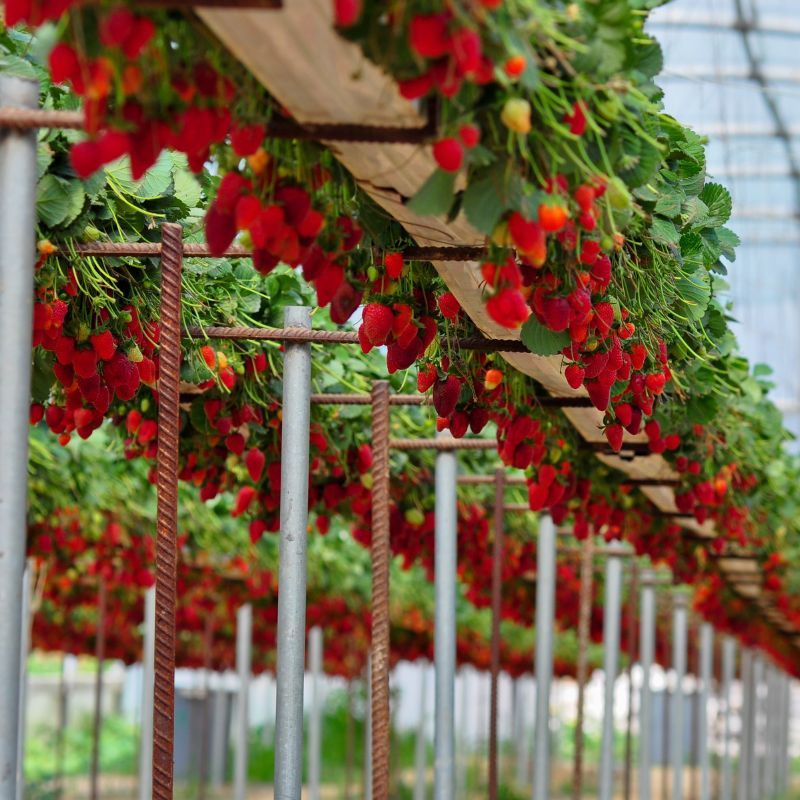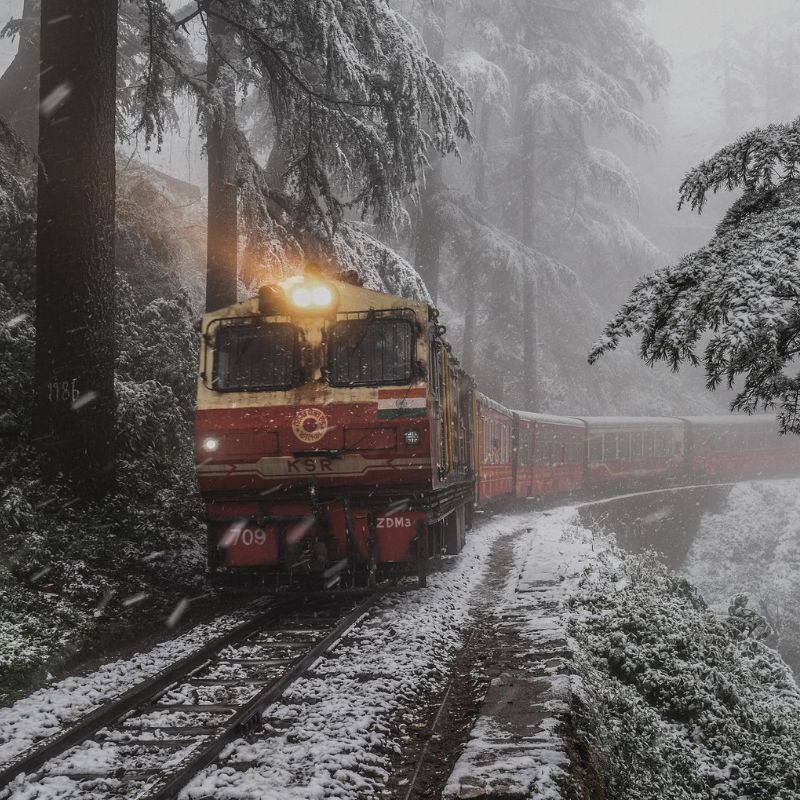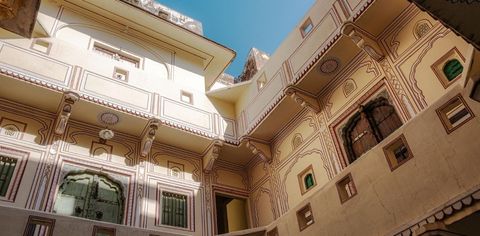
In a 200-year-old haveli in Jaipur, our contributor rediscovers the splendour of the bygone Rajputana era. By Neetole Mitra
Experience the grandeur of Jaipur Haveli with us
It was November 2020. The first wave of COVID-19 was on the ebb, which brought hope and respite for travel-starved souls like me. So, I moved swiftly, dusted my backpack, and set out to bask in the warmth of my favourite winter destination—Jaipur. I have a soft spot for India’s wild west. Incredible stories lurk in its alleys. Colourful safas (turbans), dusty mochdis, vibrant odhnis, and the chunky jewellery of its locals complement the golden hues of the landscape, and the heart-wrenching notes of kamaicha and ravanhatta (stringed instruments) tell the tales of Rajputana glory.
I meet Vipul Bansal, director of Virasat Experiences, over a cup of coffee at one of the plush cafes in C Scheme. He has been helping visitors explore Jaipur for more than 25 years and is always ready to share fascinating anecdotes about the city he has spent all his life in. He begins narrating the tale of a 270-year-old haveli in Jaipur’s Johri Bazaar. “Back when it was built along with the rest of the city, that part of Johri Bazaar was known as Chowkri Vishweshwar Ji and was surrounded by lush gardens. As the city expanded, merchants and artisans from around the country poured in to claim their share in its prosperity. Soon, new havelis replaced the gardens,” Bansal explains.

The tale of Jaipur Haveli, Bansal explains, is one of survival that began in the 1800s, 1,100 kilometres away from Jaipur. It was a time when India was dealing with a mysterious ailment that claimed the lives of lakhs every month.
Vikram Seth, the fourth-generation owner of Jaipur Haveli, is a charming host and great storyteller. “The black fever claimed the lives of seven of our family members and forced my great-grandfather Ramjimalji to abandon his ancestral land in Patna along with the family’s boat business. He fled with his young brother, Bitten Lalji, to find safer turf. They learnt the craft of making pearl jewellery in Benares before reaching Jaipur in 1910 and finding their footing in a city of opportunities,” he explains.
We are standing in the cosy courtyard of his haveli that has given shelter to many for nearly three centuries. The lanterns hanging at the facade over the inviting gokhadas (traditional seating on either side of the entrance) remind me of a time without electricity. Two archaic brass tanks peeking from the corner grab my attention. Seth informs me that these once served as a source of hot water during the winter months. The walls around us are adorned with frescoes and elephant motifs that hark back to the bygone Rajputana era.
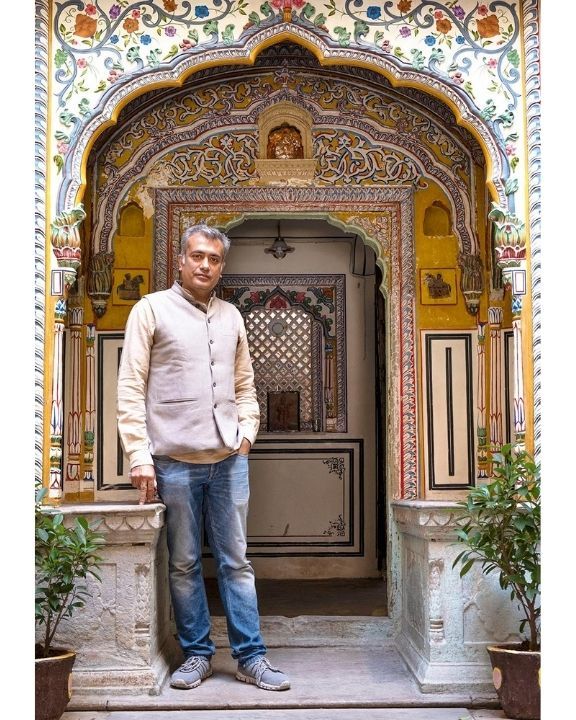
“In a way, the haveli brought our family great luck,” says Seth. “Within a year of the purchase, Ramjimalji’s younger brother and adopted son, Bitten Lalji, had started serving as the family jeweller to His Highness Sawai Man Singh, besides being engaged as the court jeweller to the royal family of Jaisalmer. Connoisseurs from as far as Iran and Turkey came to buy the ornaments he designed,” he adds. I spend some leisurely time appreciating the intricately crafted sets on display in the hallway.
The haveli, however, did not always stand as gloriously as it does now. “When the haveli came to our family in 1921, it was already 170 years old and in a state of grave neglect. It took 40 karigars about a year to restore the structure and make it habitable,” Seth shares. The restoration efforts that started in 1921 continue till date, with the family investing considerable time and money toretain the essence of its architecture while introducing modern amenities.
My stay here proves to be luxurious and homely at the same time. With the pandemic still wreaking havoc, Jaipur Haveli is accepting only limited guests. So, I get the whole second floor to myself with the occasional company of the family that pampers me with home-cooked Rajasthani dishes like mixed daal, gatte ki sabzi, chapatis soaked in ghee, and endless cups of tea. Adding force to the hospitality is Jackey—the gorgeous Labrador who spends his days frolicking around the courtyard.
My suite’s stained-glass jharokhas lend the interiors a vivid glow. An inviting mattress heaped with cushions and bolsters sits directly below a series of windows making it an ideal spot to laze around in the afternoons. The frescoes, arches supported by double pillars, and the vintage radio in the corner induce nostalgia and yearning, feelings that keep pulling me back to Rajasthan.
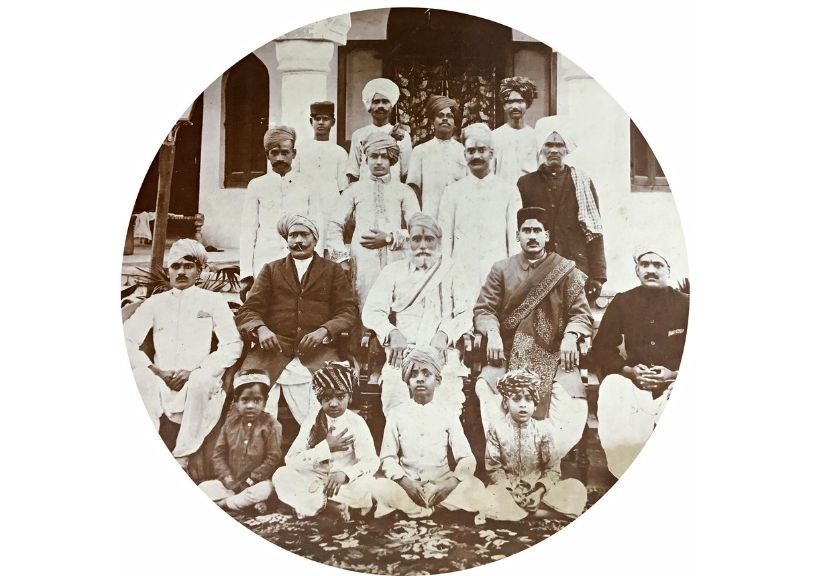
Getting There
Jaipur is a four-to-six-hour drive from Delhi depending on the traffic. A train takes the same amount of time. Flying is the fastest option from Delhi—the flight duration is less than an hour.
Stay
Jaipur Haveli has eight rooms available.
Tours
Virasat Experiences can organise a heritage walk around Jaipur’s old city
Related: The 3-Day Itinerary You Need For The Camel Festival In Bikaner This Month


